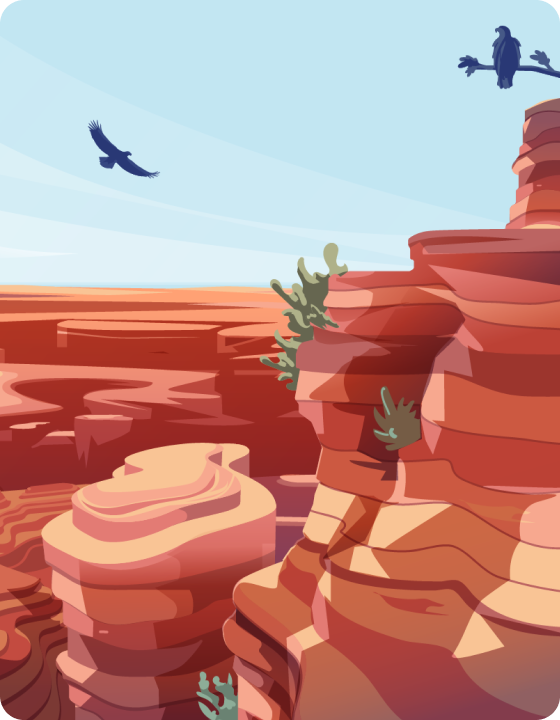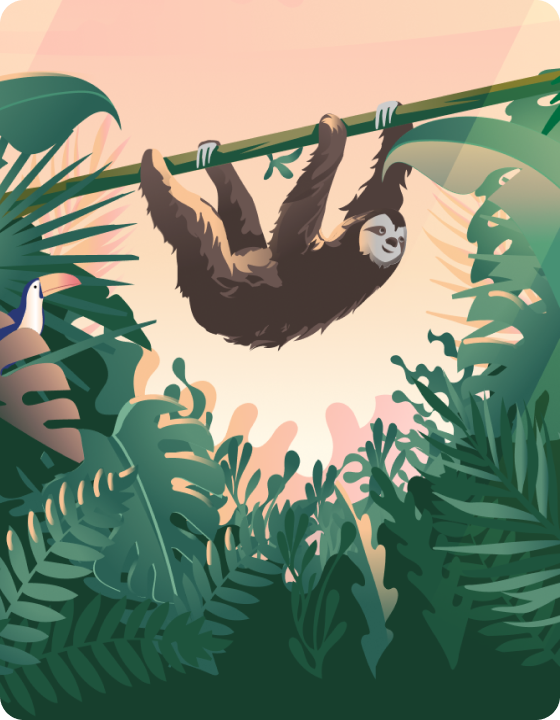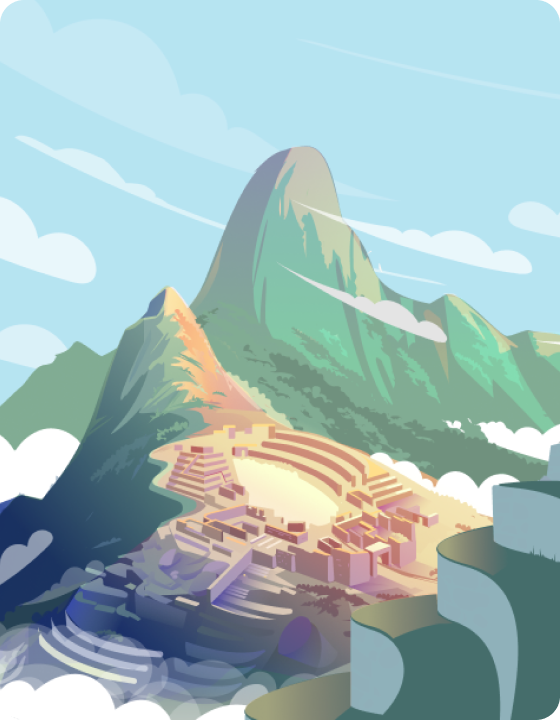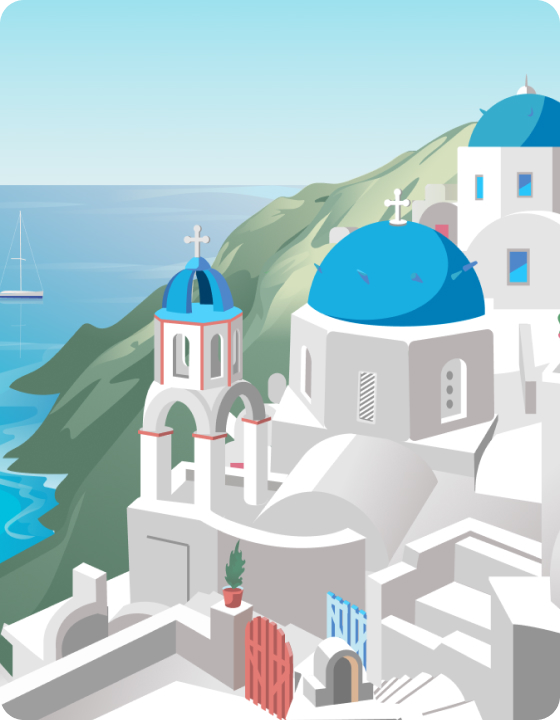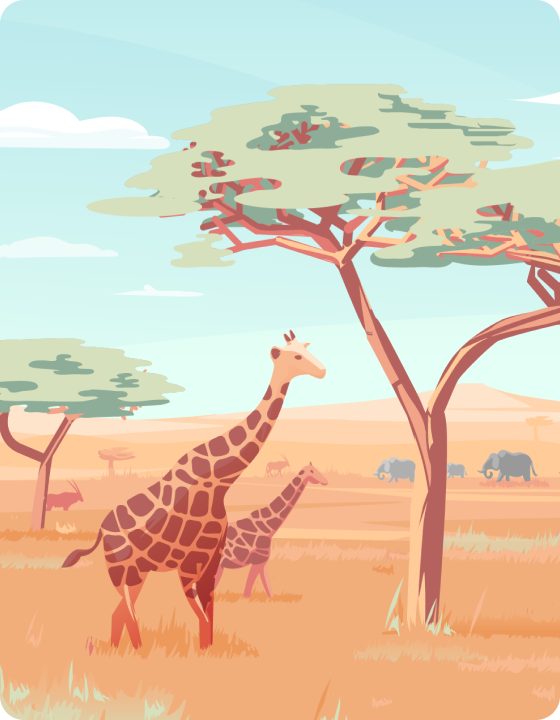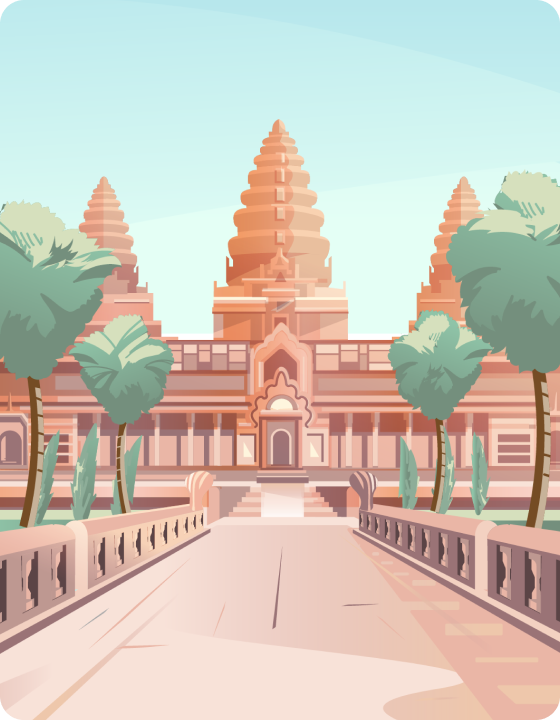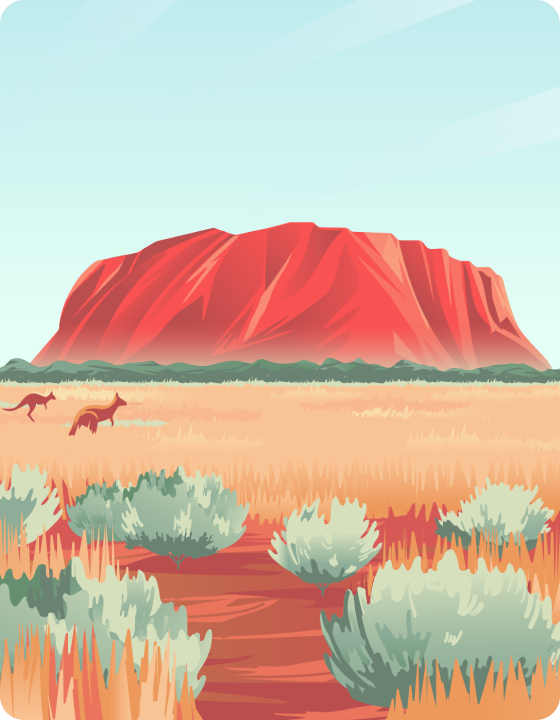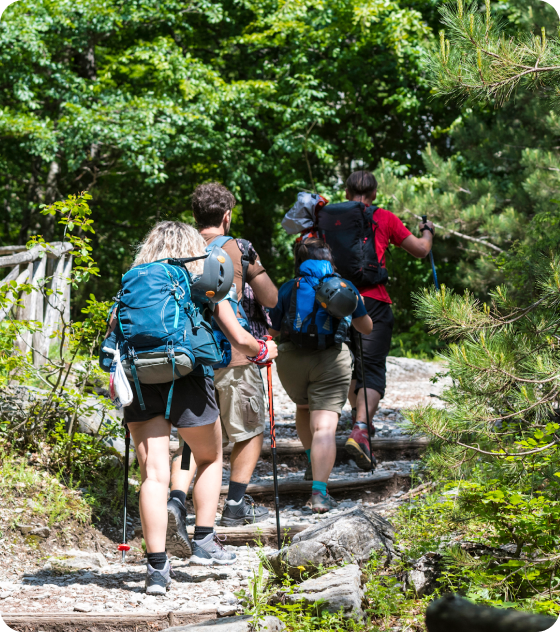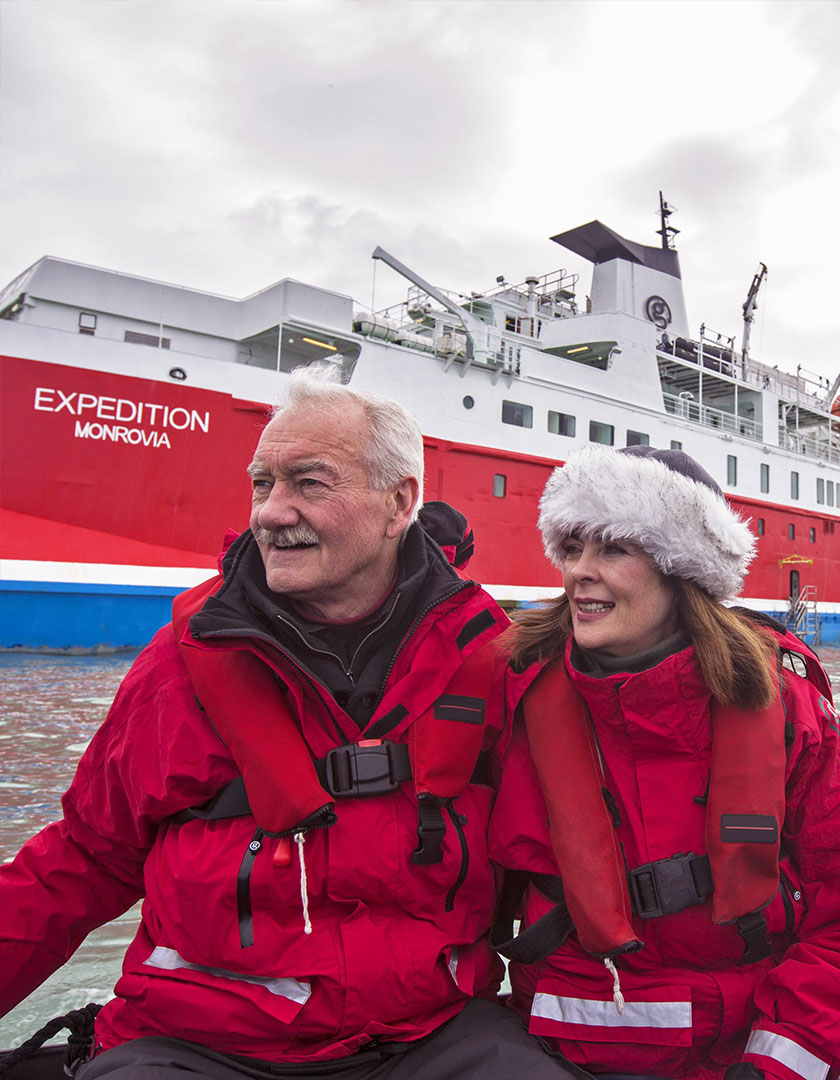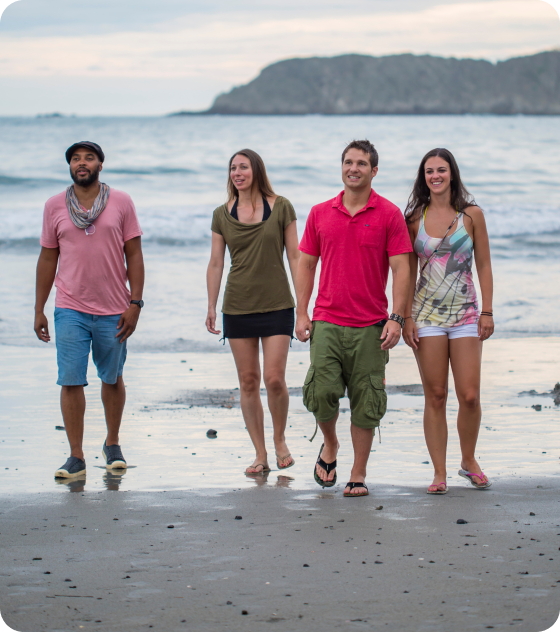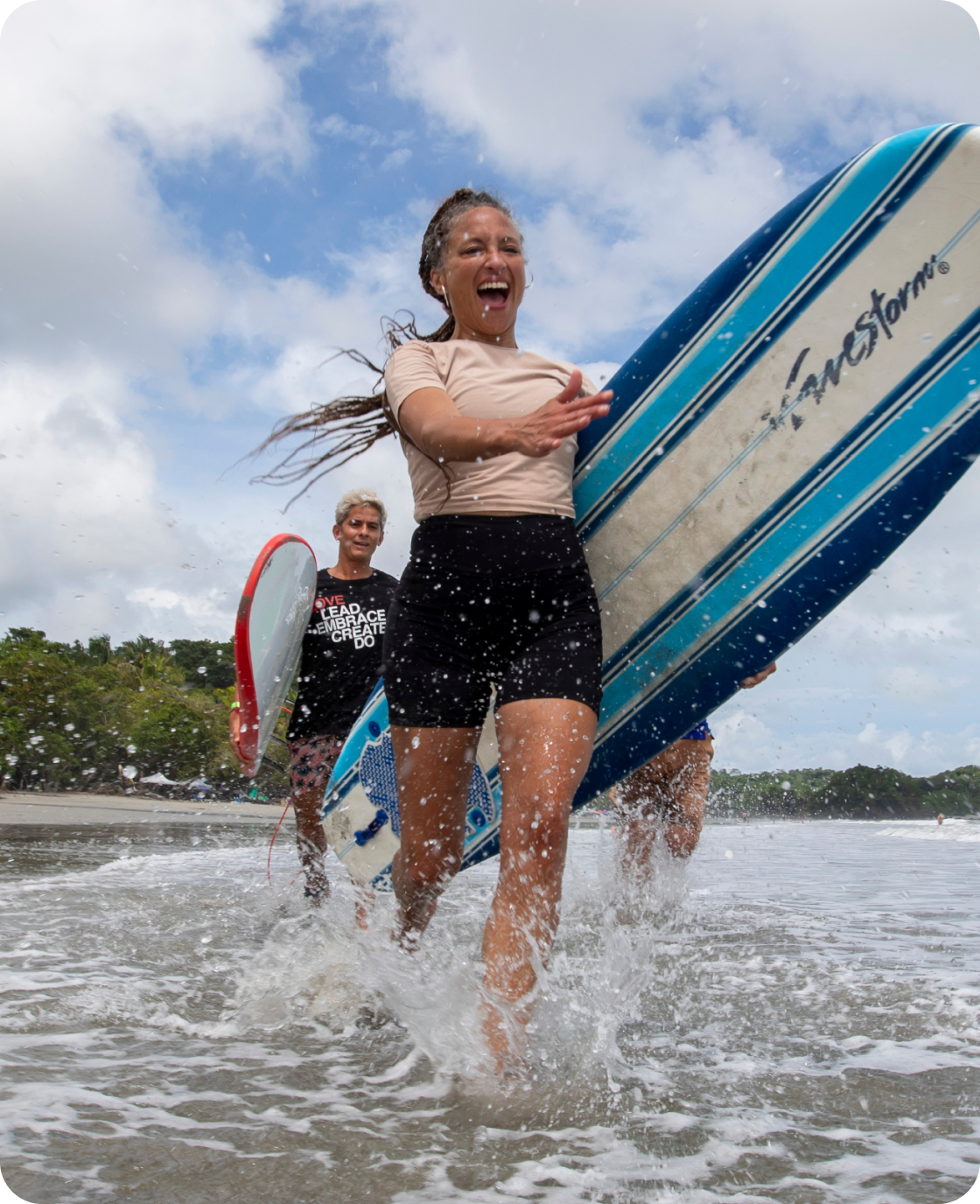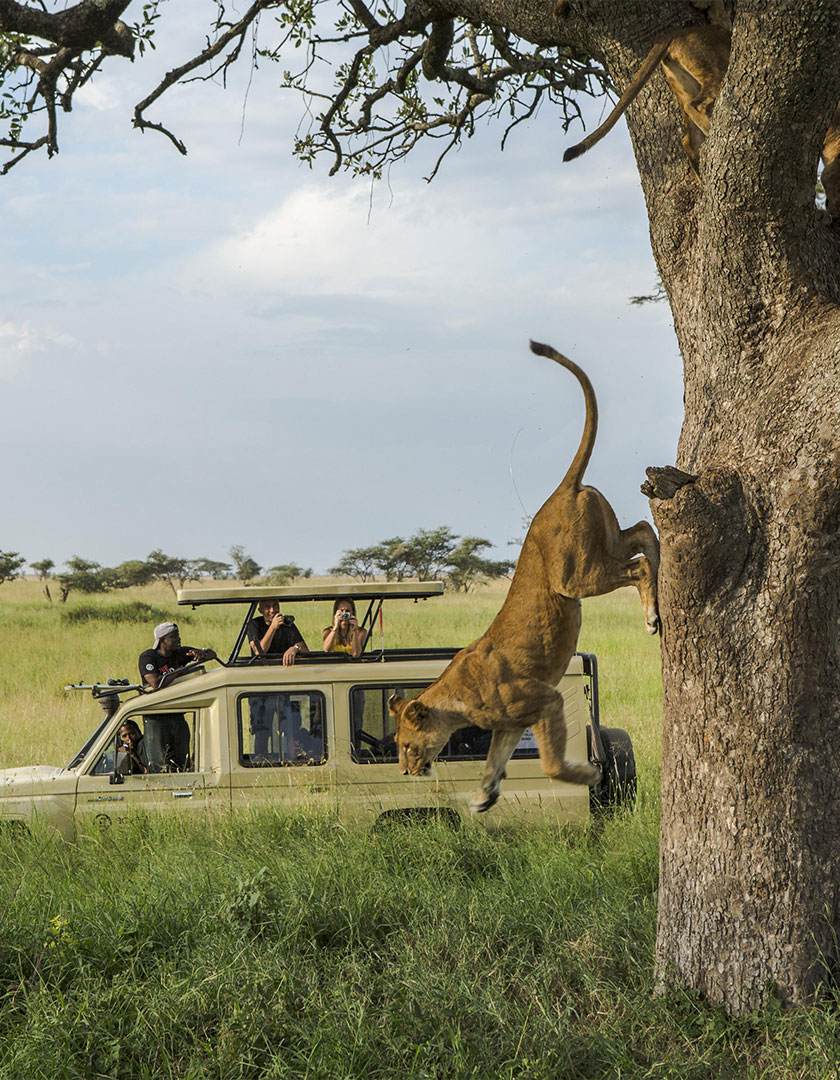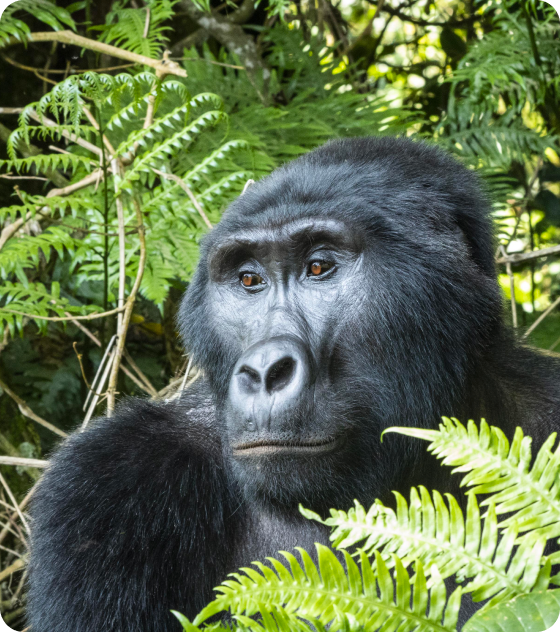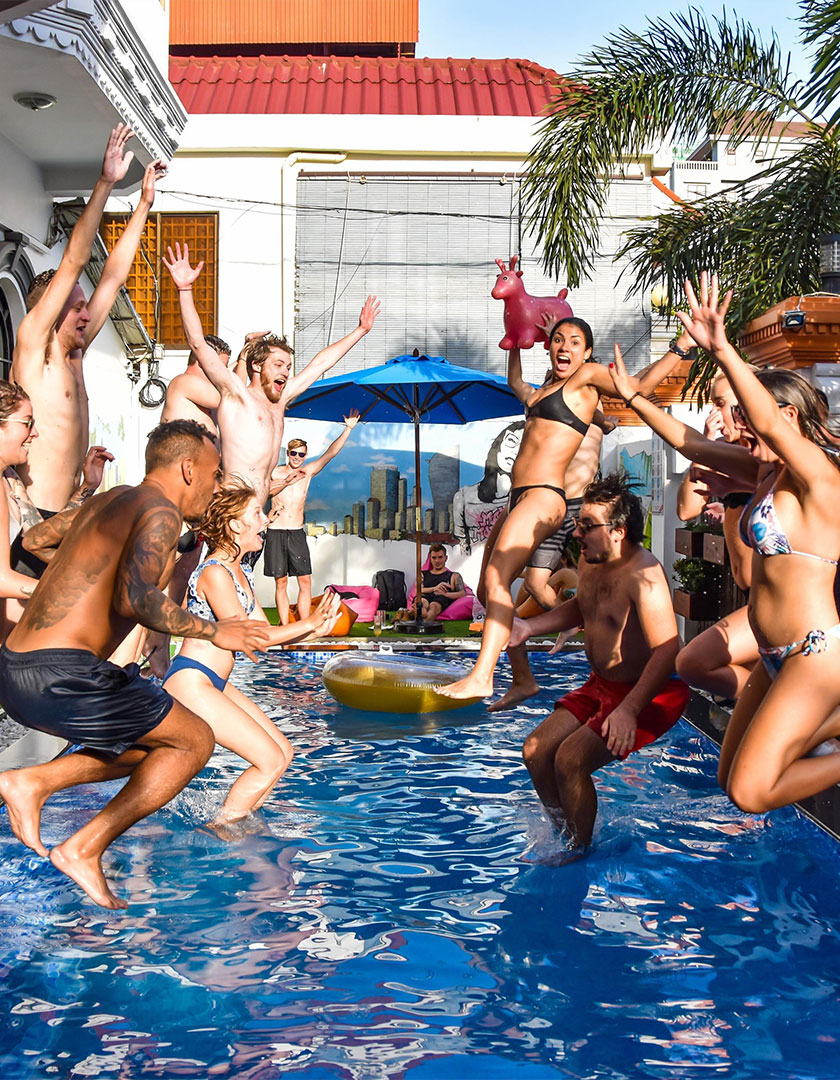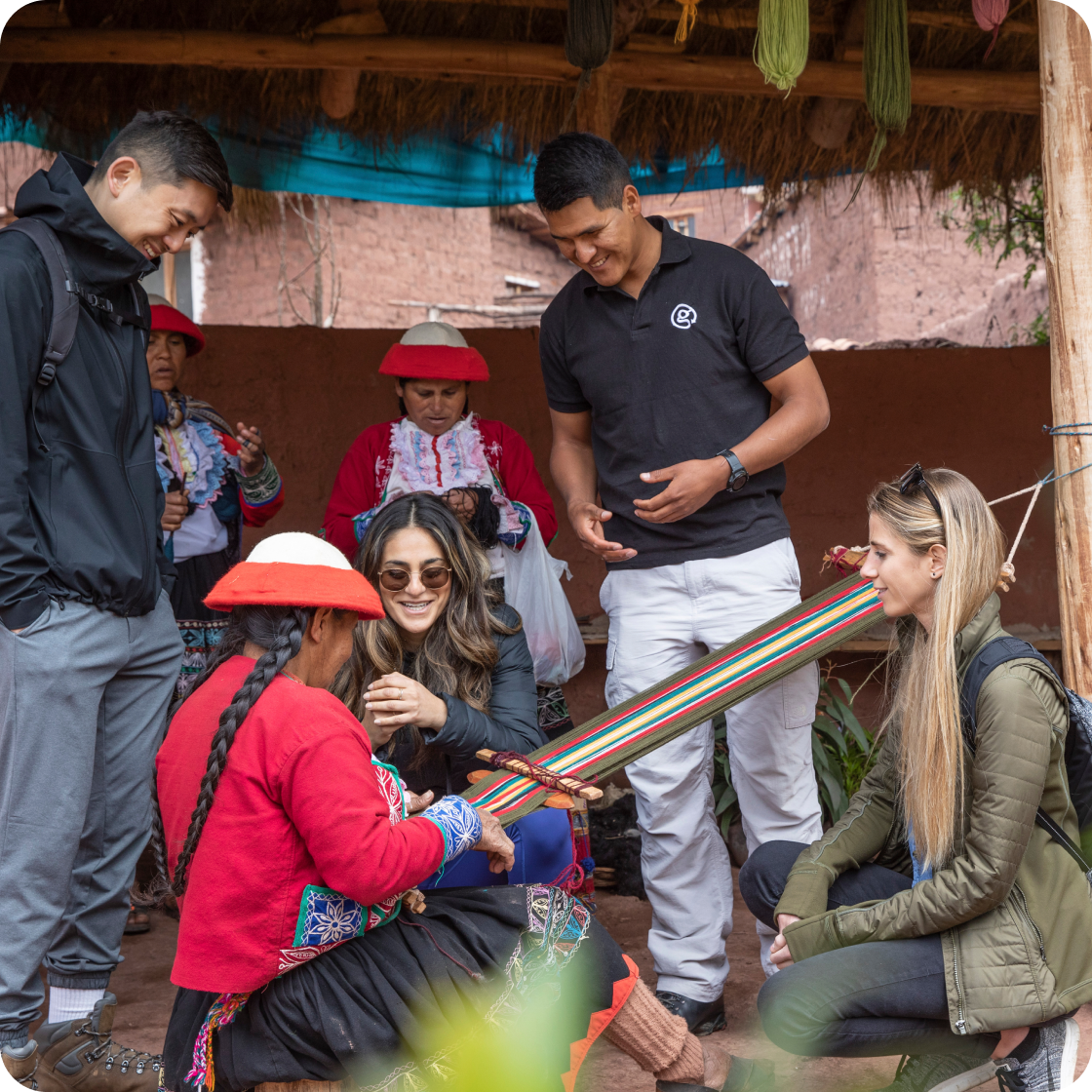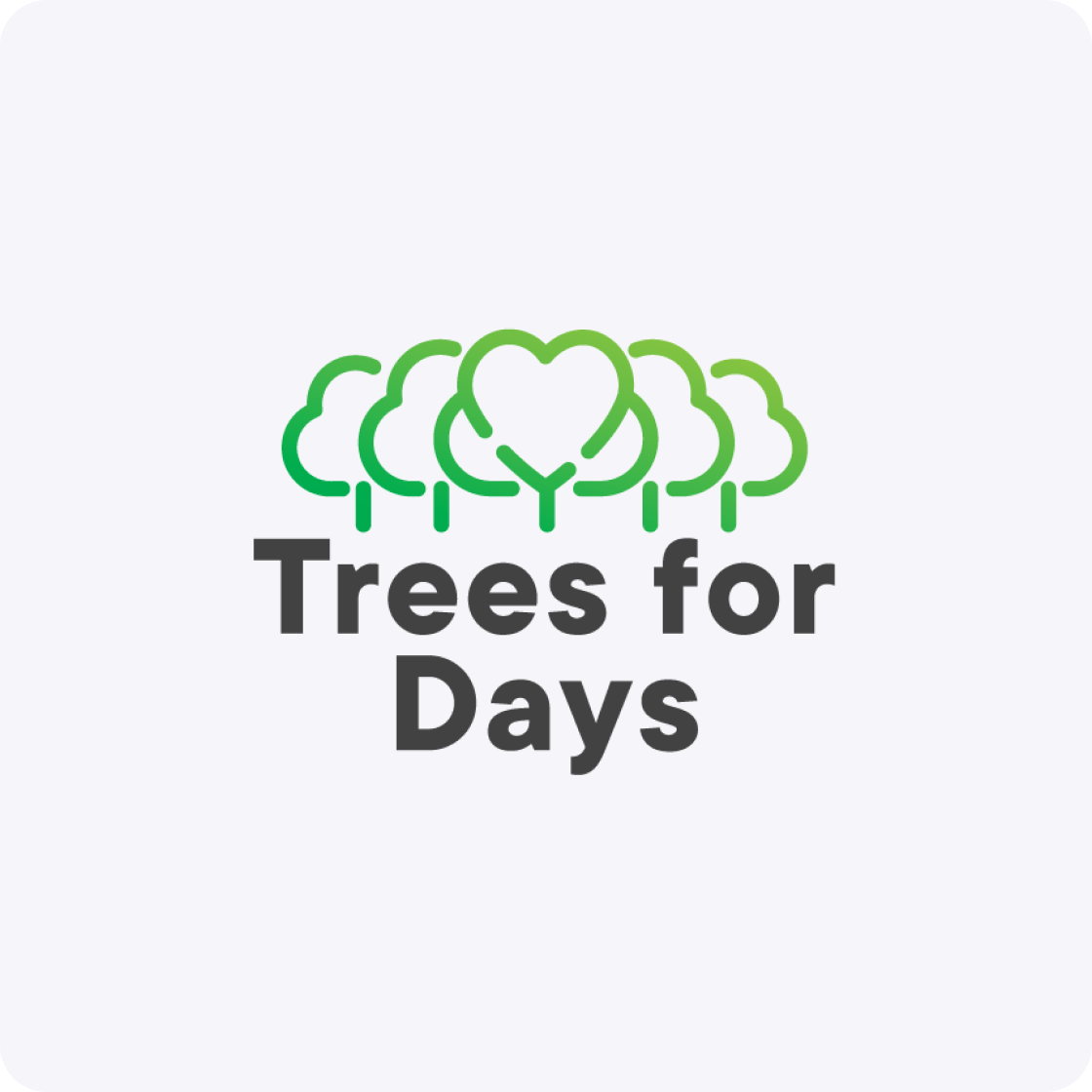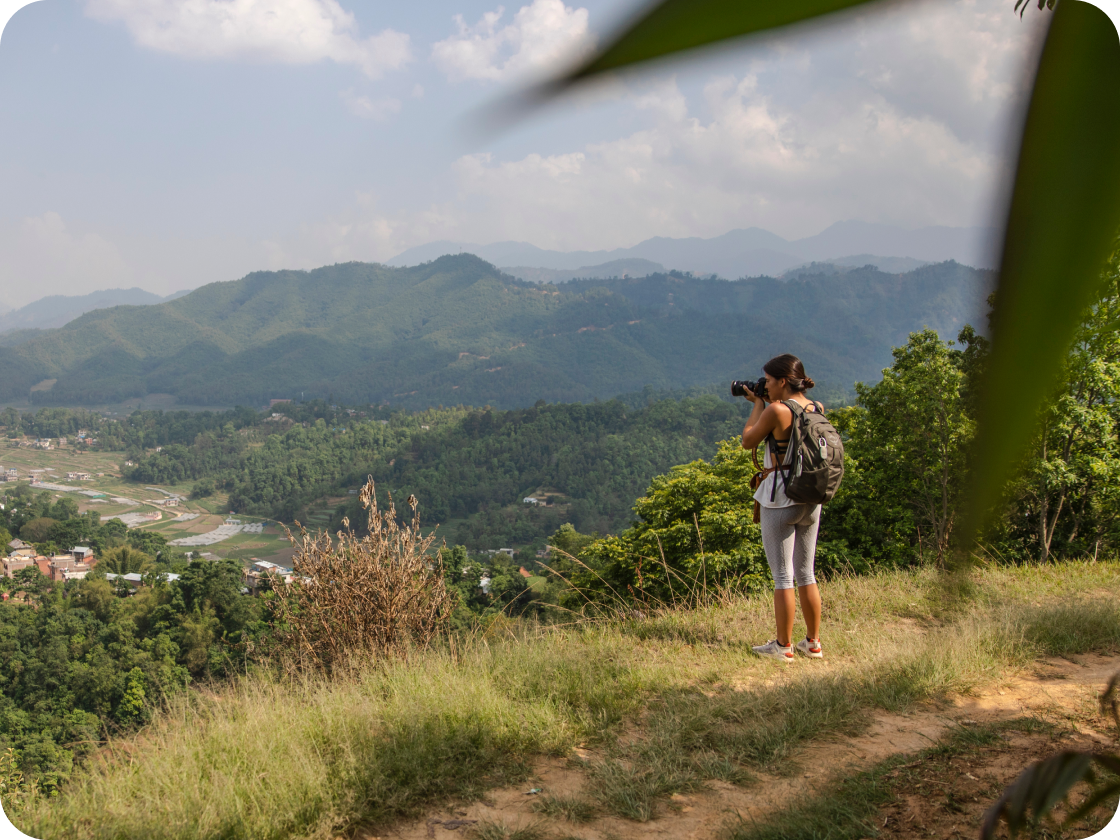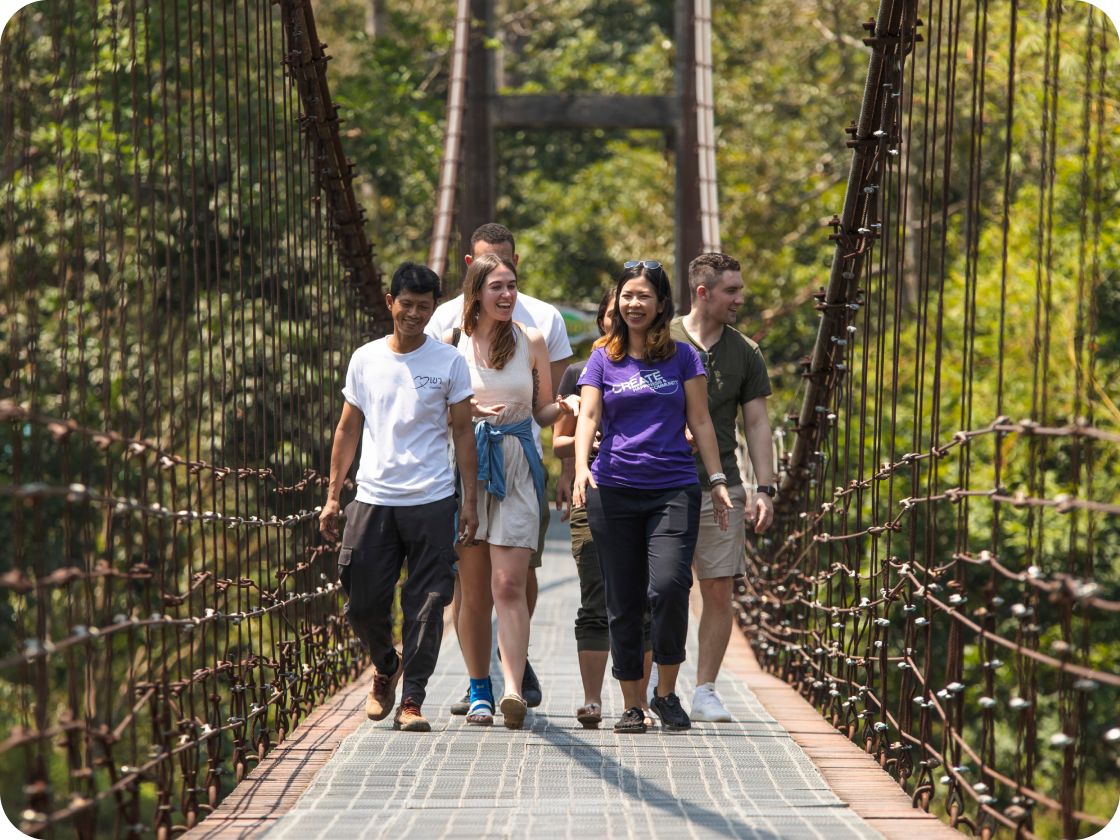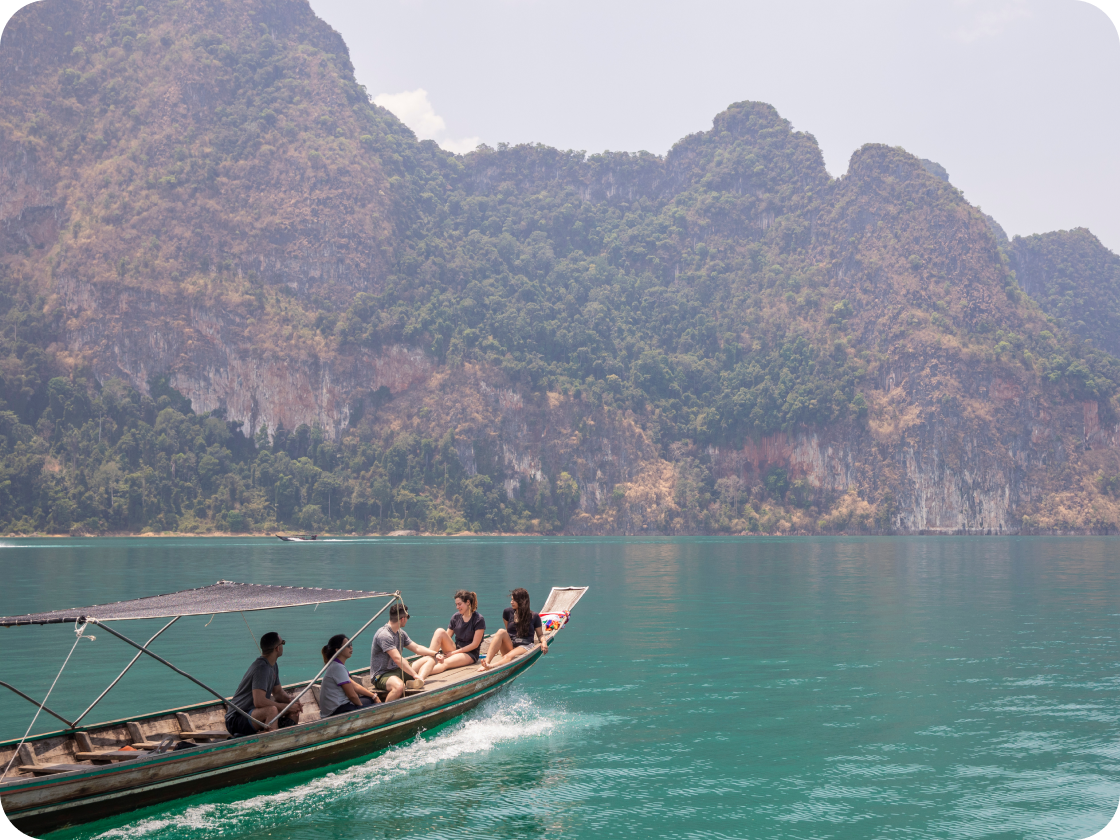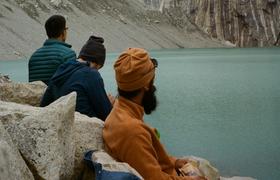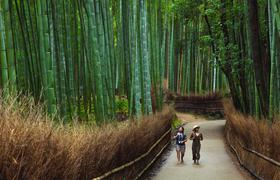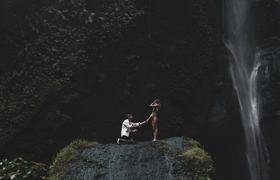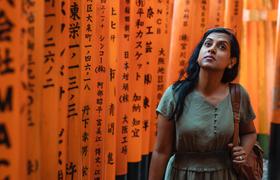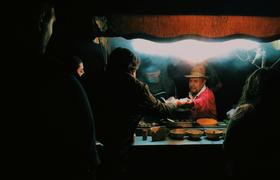
Eight most-asked questions about hiking the Inca Trail
You dream of following in the footsteps of ancient Incas to Machu Picchu — we’ve got the answers to help get you there
More than ever before, all levels of adventurers are readying to get themselves to the places they’ve always wanted to see. The “some day I am going to hike the Inca Trail” mentality is fast becoming the “this is the year I am going to hike the Inca Trail” reality. Sound like you? It may surprise you that one of the world’s most famous treks is well within most people’s reach. You definitely need to be healthy and in good shape but our seasoned (and award-winning!) team keeps you hyped, well-fed, and rested all along the way.
Like many people considering the climb, you’ve probably got a few questions left to answer before booking your big Incan adventure. And wouldn’t you know it, we’ve got plenty of good answers lined up for you. Eight of them, in fact. So let’s dig in!
1: How difficult is the trek?
While we have more than a few ways to “do” the Inca Trail to Machu Picchu, the popular four-day trek is challenging but not reserved for athletes. Healthy people of all ages make the climb and all it takes is a good dose of energy, perseverance and some preparation. It’s also important to acclimatize to the altitude, so you either need to arrive a day or two early or book a tour with adjustment time built into the itinerary.
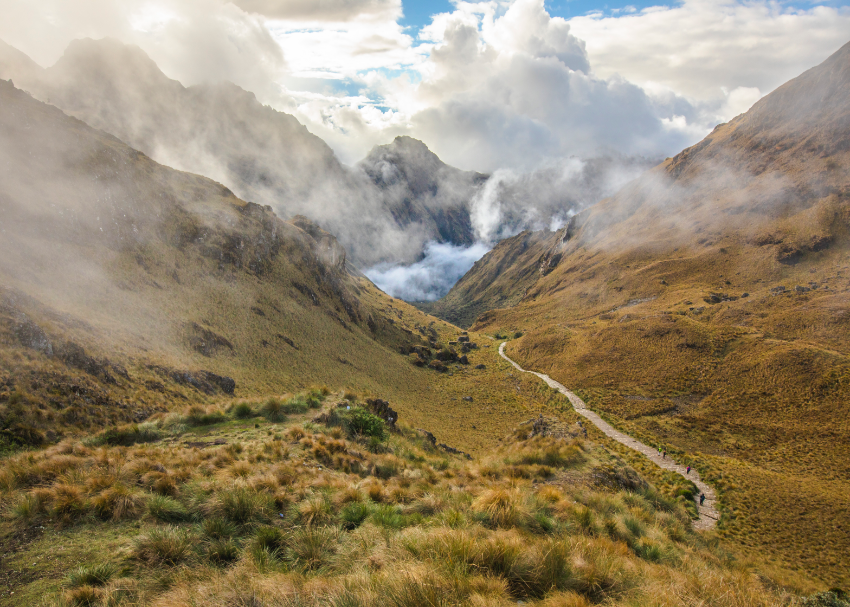
Just to give you a sense of the effort required, a traditional Inca Trail trek begins with a boost by van to Km 82 to start a simpler than you’d think 11km / 6.8mi walk up to Wayllabamba Camp at 2,950m / 9,678ft. The second day kicks it up a notch with the long climb to Warmiwañusca, commonly known as Dead Woman’s Pass. It’s the highest point of the trek (almost 1,800m / 5,905ft higher than Machu Picchu itself) and completing it with an early-afternoon arrival to camp boosts your energy for the remaining journey. The third day has the longest walk at 16km / 9.9mi but rewards you with epic scenery and Incan architectural marvels. Then, all of that muscle toning carries you to your final pre-dawn hike to reach Machu Picchu by sunrise. Long story short: you can do it and we will help!
2: Speaking of help… who is hiking with us?
As with any great endeavour, it takes a village, and we send our very best people to lead the way. Our guides, porters and chefs are absolute champs on the trail and are all hired from the local community. Not only will you trek with a small group of like-minded travellers from around the world but you’ll be fed, encouraged and supported by our ‘Inca Warriors’. Our chefs serve up three delicious meals along the way and all of the snacks you need for energy boosts. Our team of porters carry, set up and take down your tents each day and all you need to do is carry your own daypack. And, of course, your local guide is there to lead the journey, teach you about the culture and sights, look out for your safety and make sure you have the time of your life!
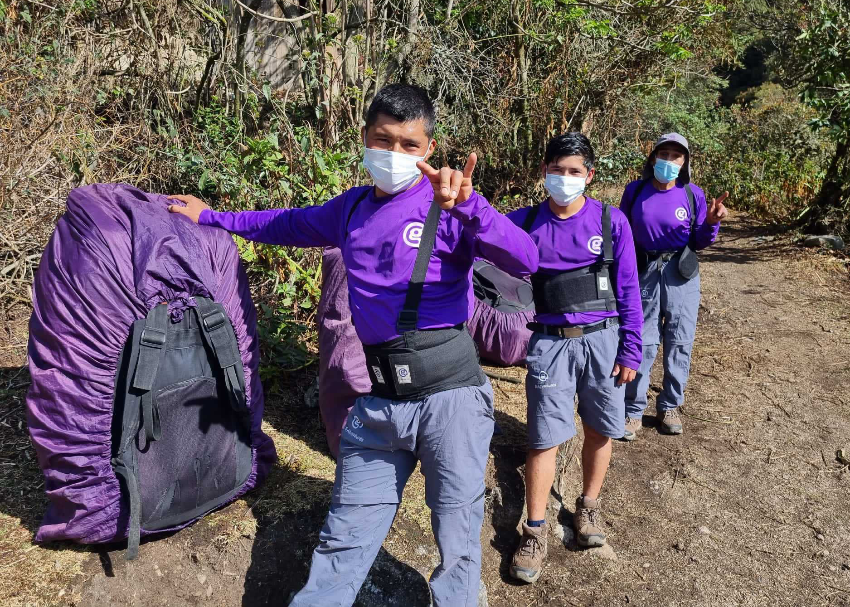
3: Where do we sleep along the trail?
To keep Peru and its ancient trails beautiful, there are set campsites you’ll make your way to each night. As mentioned, all of your sleeping gear is supplied and carried to the camps by our team of skilled porters. What services are available at each stop varies, but we do everything possible to make sure bedding down is clean and comfortable. Typically, we use three-person tents for two people and their sleeping bags with mats.
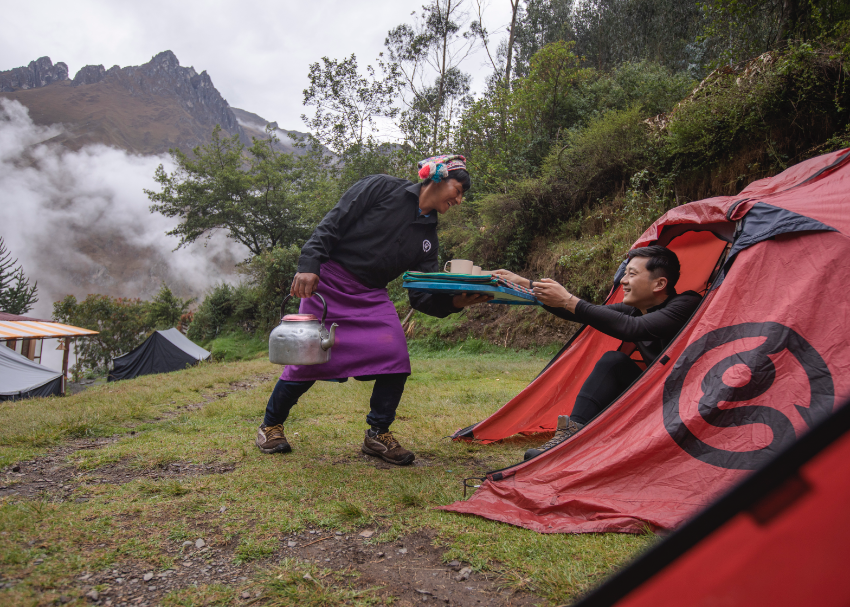
4: How much am I carrying and what should I pack?
All of our itineraries include specific packing lists and tips. The higher altitude means it can feel quite cold, especially at night, so layers and a warm hat and gloves are essential. During your trek briefing you can rent sleeping bags, mats and walking poles or bring your own. All of your essentials like your binoculars, camera and cash stay on you in your daypack and everything else (up to 6 kg maximum per person) is carried by our team. Packing light but right is wise and we can’t sing enough praises about a quick dry towel, headlamp and extra batteries for your must-have electronics. You’ll also need rain gear, liners to waterproof bags and a travel pillow. Again, we’ve got handy lists at the ready!
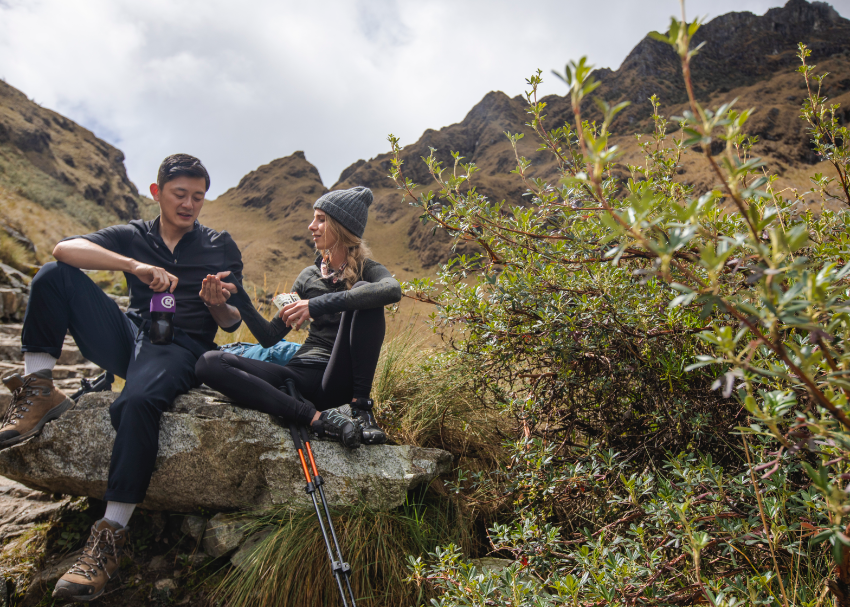
5: How do permits work and do I buy one myself?
In an effort to preserve one of the world’s oldest and most popular trails, the Peruvian government caps the number of visitors on the Inca Trail each year. Not surprisingly, permits are released and sell out quickly. Only tour operators like G Adventures can get permits and we work with our locally-based Cusco team to secure one on your behalf. If we’re successful, it’ll be waiting for you in Peru before your tour even begins. You must have a permit to hike the Inca Trail, so it’s best to book with us as soon as you can.
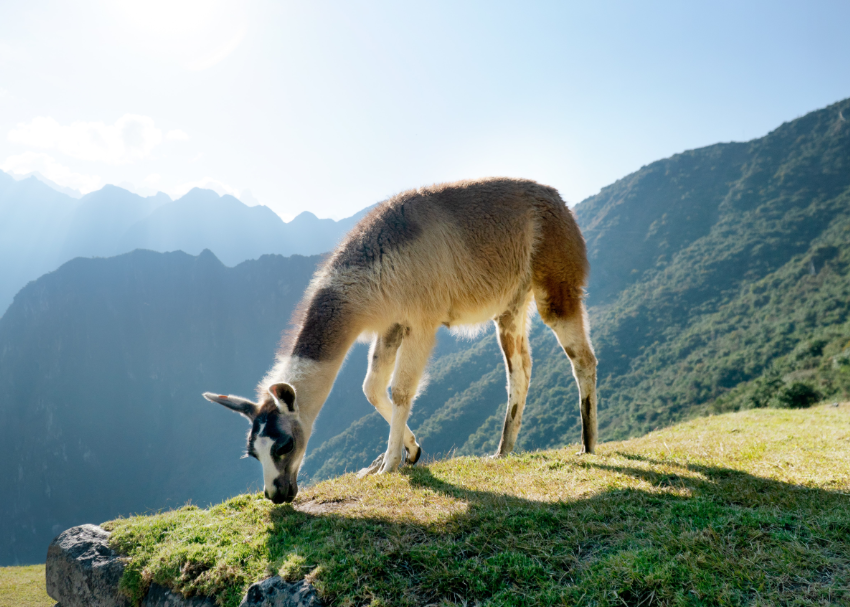
6: Do I have to hike? I heard there’s a train.
Choo choo! You heard right. You can save the wear and tear on your feet and opt for locomotive power to whisk you to Machu Picchu from Cusco. On tours like Peru Upgraded or The Inca Journey, you travel a 3.5 hour scenic route along the Urubamba River to Aguas Calientes at the foot of Machu Picchu. Alternatively, if you want a taste of the Inca Trail but want to hike a lesser-travelled route, there’s The Lares Trek with One-Day Inca Trail tour that gives you the best of both experiences.
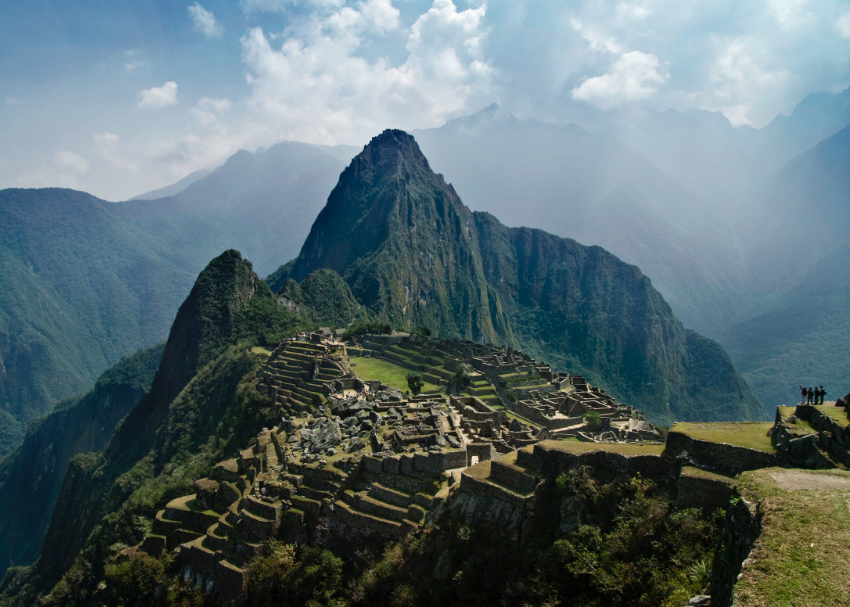
7: What is the trek like during COVID-19?
We were beyond thrilled to welcome travellers back to the Inca Trail at the beginning of August 2021. With new health and safety protocols in place our team of ‘Inca Warriors’ are once again safely leading trips to reach the famous citadel of Machu Picchu. We worked closely with the local authorities to support the vaccination roll out for our porters so they could get back to doing what they love.
For everyone’s safety, you can expect new safety precautions including physical distancing, hand sanitization, mask wearing and reduced trail capacity. In keeping with Peru’s entry requirements, all Inca Trail tours require full vaccination and a negative test done within 72 hours of arrival.
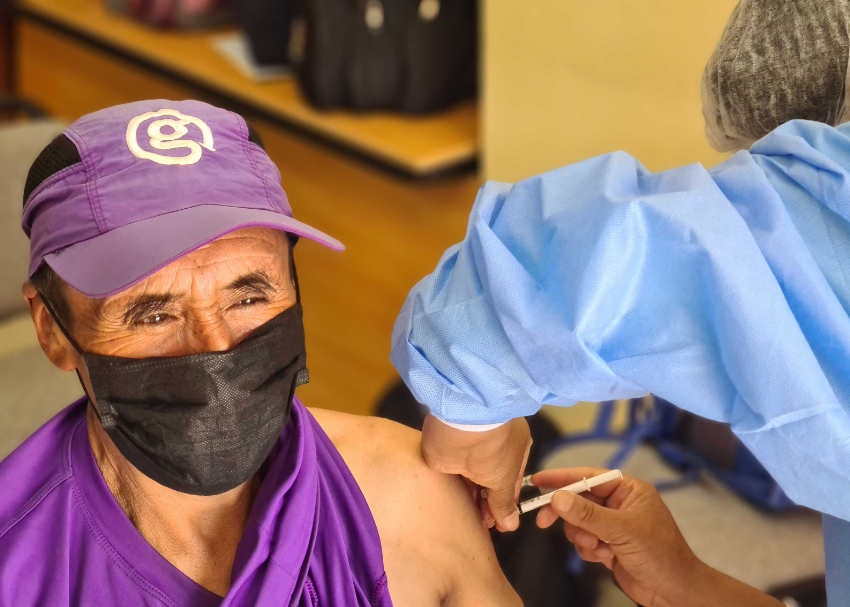
8: Do I have to wear a mask the entire time?
When you’re hiking or camping along the Inca Trail, you only need to wear your mask when social distancing isn’t possible. With smaller groups and space between climbers, you can take it off while making the climb. As for your time spent at Machu Picchu itself, mask wearing is enforced where physical distancing isn’t possible and while taking pictures of people. The amount of people let in at one time is reduced so there's less crowding in general. Even with COVID-19 restrictions, we keep getting rave reviews from our most recent wave of travellers.
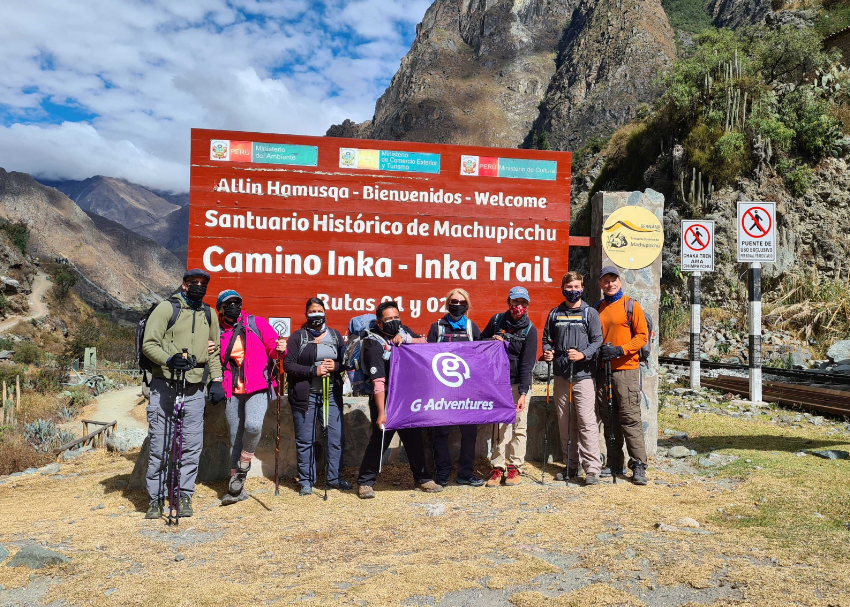
If you still have questions in mind, our Inca Trail info page is a great place to start or you can reach out directly through chat, email or phone.
Getting There
Ready to lace up your comfiest hiking boots and conquer the Inca Trail? Here are just a few of our top tour options in Peru:
Inca Discovery Plus
Inca Discovery
Absolute Peru
Peru Panorama
The Lares Trek
